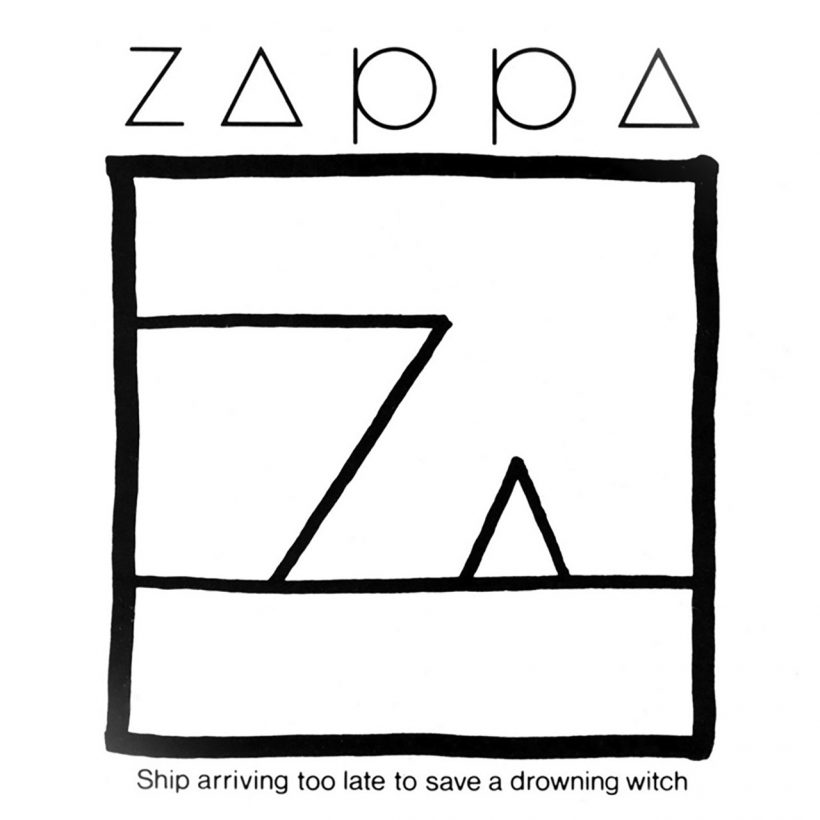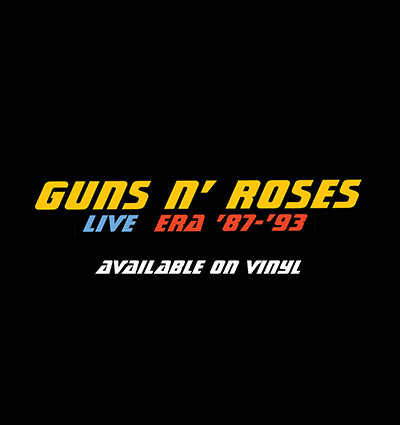‘Ship Arriving Too Late To Save A Drowning Witch’: Frank Zappa’s Unlikely Hit
Frank Zappa’s 1982 album might have been famous for ‘Valley Girl,’ but it offered so much more.

In September 1982, a curious thing happened. Frank Zappa, a consistent critic of US mainstream culture since he emerged in the 60s with the Mothers Of Invention, had a mainstream pop hit. “Valley Girl” – which featured his then-14-year-old daughter Moon Unit channeling the vacuous and privileged youth of the San Fernando Valley – reached No 32 on the US Billboard chart. “Valley Girl” was taken from Ship Arriving Too Late To Save A Drowning Witch, the Zappa album released in May of that year. After the success of the single, the album’s sales rocketed.
There’s a lot more to Ship Arriving than that perceptive, witty, and catchy single. Elsewhere you’ll find gonzoid new-wave (“No Not Now”), a meticulously crafted guitar masterclass (“Drowning Witch”), and ambitious classical work that points to his next few years working with orchestras (“Envelopes”).
Listen to Frank Zappa’s Ship Arriving Too Late To Save A Drowning Witch now.
The second side of the album was a fully realized movement of three tracks that Zappa earmarked for the first side of Chalk Pie, the double album he prepared in early 1982. By the time he spoke to Record Review later that year, the concept had changed, but the suite remained, “I haven’t decided what stuff will be on the next disc, which will only be a single record. I know that one side of it is going to contain songs called ‘Drowning Witch,’ ‘Envelopes,’ and ‘Teenage Prostitute,’ but what the other side is going to be, I haven’t figured out yet.”
But Zappa did have artwork in mind, “The title of the album is going to be Drowning Witch. A long time ago, there was this guy called Roger Price who did this cartoon called Droodles, and one of the pictures in the book was called Drowning Witch. Right now, we’re in the process of trying to locate this guy to get permission to use the picture because this book came out in the 1950s. I want to use the original picture.” He managed to find Price (the artist only lived 10 miles from Zappa) and bought the rights to use the wry line illustration.
The near-title track, “Drowning Witch,” was among Zappa’s most ambitious of the 80s. The 12-minute prog fusion odyssey was spliced together from live recordings. This was a technique Zappa had been using for a while, but “Drowning Witch” took it to a new extreme. Zappa described the painstaking work that went into the song in a 1983 Guitar Player interview, “Do you know how many edits there are in ‘Drowning Witch’? Fifteen! That song is a basic track from 15 different cities. And some of the edits are two bars long. And they’re written parts – all that fast stuff. It was very difficult for all the guys to play that correctly. Every once in a while, somebody would hit the jackpot, but it’s a very hard song to play. So there was no one perfect performance from any city. What I did was go through a whole tour’s worth of tape and listen to every version of it and grab every section that was reasonably correct, put together a basic track, and then added the rest of the orchestration to it in the studio.”
Zappa had always prided himself on a work ethic that was unusual for rock’n’roll, holing up in his home studio for marathon sessions when he wasn’t on the road. It was this approach to recording that resulted in “Valley Girl.” When “Valley Girl” became successful, Zappa had mixed feelings. Though irritated that what he considered a novelty single had outperformed his more accomplished work, he recognized the earning potential the song opened up. “There are a couple of things about ‘Valley Girl’ being a hit: first, it’s not my fault – they didn’t buy that record because it had my name on it,” Zappa said. “They bought it because they liked Moon’s voice. It’s got nothing to do with the song or the performance. It has everything to do with the American public wanting to have some new syndrome to identify with. And they got it… Hits are not necessarily musical phenomena. But as far as my feeling about it goes, I think if that amuses Americans, well, hey, I’m an all-American boy. And I’m here to perform that function for you. Since that time, we’ve hired a guy to make merchandising deals around that song. And you wouldn’t believe what kind of things will be coming out with the words ‘Valley Girl’ on them. You name it; everything from lunch boxes to cosmetics; including a talking Valley Girl doll in February.”
The pragmatic Zappa realized that the income generated by “Valley Girl” could fund full-scale recordings and performances of his classical work with a symphony orchestra. “Envelopes” from Ship Arriving… is one of the pieces that he’d later arrange for a large ensemble. The twitchy, sometimes sinister version here was pieced together from live shows, with overdubs added later. Indeed, Ship Arriving Too Late To Save A Drowning Witch can be seen as a primer for Zappa’s later work. It’s all here – guitar wizardry, mind-boggling composition, satirical interludes, and state-of-the-art production techniques. More than just “Valley Girl”? Fer sure, fer sure.
Listen to Frank Zappa’s Ship Arriving Too Late To Save A Drowning Witch now.














